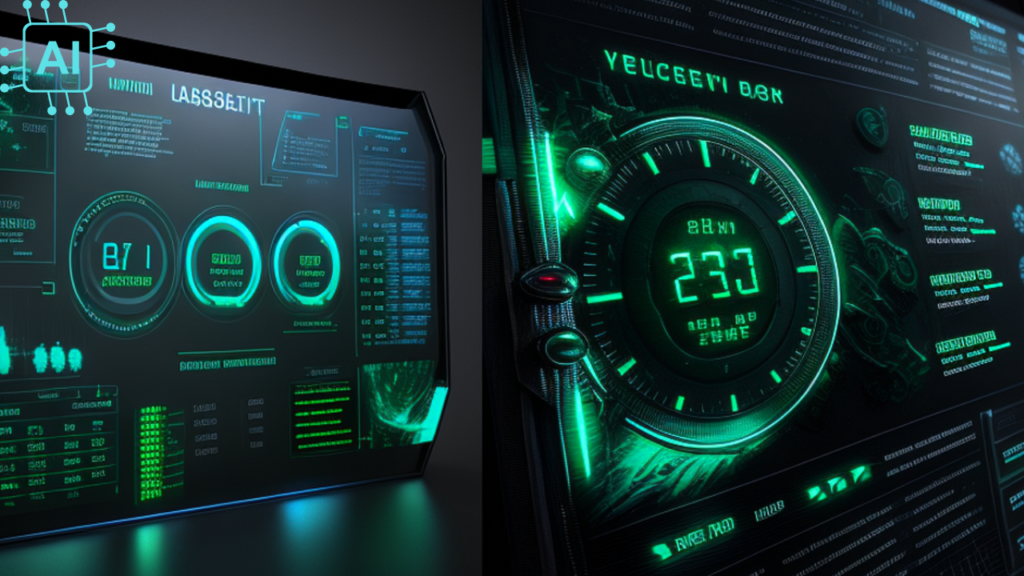
Introduction
The integration of Artificial Intelligence (AI) into surveillance systems has revolutionized the way governments, corporations, and law enforcement agencies monitor and manage security. However, as these technologies evolve, they raise significant ethical concerns that cannot be ignored. The deployment of AI in surveillance systems brings forth questions about privacy, bias, accountability, and the potential for misuse. This article delves into the ethical considerations that arise from AI-powered surveillance systems, offering a comprehensive analysis of the challenges and implications of these technologies.
The Role of AI in Modern Surveillance
AI-powered surveillance systems utilize advanced algorithms and machine learning techniques to analyze vast amounts of data in real-time. These systems are capable of recognizing faces, detecting unusual behavior, and even predicting potential threats. The ability of AI to process and interpret data far surpasses that of traditional surveillance methods, making it a powerful tool in enhancing public safety. However, with great power comes great responsibility, and the ethical implications of such technologies are profound.
Privacy Concerns
One of the most significant ethical issues surrounding AI-powered surveillance systems is the invasion of privacy. These systems often operate in public spaces, collecting data on individuals without their consent. The ubiquitous presence of cameras and the ability of AI to track and identify individuals raises concerns about the erosion of personal privacy. The collection of vast amounts of data by AI systems can lead to the creation of detailed profiles of individuals, potentially being used for purposes beyond the original intent of surveillance.
Moreover, the lack of transparency in how data is collected, stored, and used exacerbates these privacy concerns. Individuals are often unaware of the extent to which they are being monitored, leading to a sense of unease and mistrust. The potential for mass surveillance poses a threat to the fundamental right to privacy, making it imperative to establish clear regulations and safeguards.
Bias and Discrimination
AI algorithms are not immune to bias. In fact, they can perpetuate and even amplify existing biases present in the data they are trained on. This is particularly concerning in surveillance systems, where biased algorithms can lead to discriminatory practices. For instance, facial recognition technology has been shown to have higher error rates for individuals with darker skin tones and women, leading to a disproportionate targeting of minority groups.
The lack of diversity in training data and the potential for biased decision-making by AI systems can result in unjust outcomes. In the context of surveillance, this can mean increased scrutiny on certain groups, leading to a violation of their rights and freedoms. Addressing bias in AI is crucial to ensuring that surveillance systems are fair and just.
Accountability and Transparency
The deployment of AI in surveillance systems raises questions about accountability. When decisions are made by AI algorithms, it becomes challenging to determine who is responsible for the outcomes. This lack of accountability is particularly problematic in cases where AI systems make errors or produce biased results. The opacity of AI algorithms further complicates this issue, as it is often difficult to understand how decisions are made.
Ensuring transparency in the design and deployment of AI systems is essential to building trust and accountability. This includes making the algorithms and decision-making processes of AI systems understandable and accessible to the public. Additionally, there must be clear mechanisms for redress in cases where AI systems cause harm or violate rights.
The Potential for Misuse
AI-powered surveillance systems have the potential to be misused in ways that infringe on individual rights and freedoms. In the hands of authoritarian regimes, these systems can be used to suppress dissent, monitor political opponents, and stifle free expression. The ability of AI to track and monitor individuals on a large scale makes it a powerful tool for control and repression.
The use of AI in surveillance must be carefully regulated to prevent abuse. This includes establishing clear guidelines on the acceptable use of these technologies and ensuring that they are not used to violate human rights. The potential for misuse underscores the need for strong ethical frameworks and oversight mechanisms.
The Need for Ethical Guidelines

Given the profound ethical implications of AI-powered surveillance systems, there is a pressing need for the development of comprehensive ethical guidelines. These guidelines should address the key concerns of privacy, bias, accountability, and misuse. They should also provide clear standards for the design, deployment, and use of AI in surveillance systems.
Privacy Protections
Ethical guidelines must prioritize the protection of privacy. This includes implementing strict data protection measures, ensuring that individuals are informed about the surveillance they are subject to, and giving them control over their personal data. The use of AI in surveillance should be transparent and subject to regular oversight to prevent the infringement of privacy rights.
Addressing Bias
To mitigate bias in AI-powered surveillance systems, ethical guidelines should mandate the use of diverse and representative data in training AI algorithms. Additionally, there should be regular audits of AI systems to identify and correct biases. Ensuring that AI systems are fair and unbiased is essential to upholding justice and equality.
Ensuring Accountability
Establishing accountability mechanisms is crucial to addressing the ethical concerns surrounding AI in surveillance. This includes making AI algorithms transparent and understandable, as well as establishing clear lines of responsibility for decisions made by AI systems. There should also be accessible avenues for individuals to seek redress in cases where AI systems cause harm.
Preventing Misuse
Ethical guidelines should include strict regulations on the use of AI in surveillance to prevent misuse. This includes prohibiting the use of AI for purposes that violate human rights, such as political repression or unlawful surveillance. There should also be robust oversight mechanisms to ensure that AI-powered surveillance systems are used responsibly and ethically.
Conclusion
The integration of AI into surveillance systems presents both significant opportunities and profound ethical challenges. While these technologies have the potential to enhance public safety and security, they also raise serious concerns about privacy, bias, accountability, and misuse. To ensure that AI-powered surveillance systems are used in a way that respects individual rights and upholds ethical standards, it is essential to develop and enforce comprehensive ethical guidelines. By addressing these concerns, we can harness the power of AI in surveillance while safeguarding the values of justice, fairness, and human dignity.


